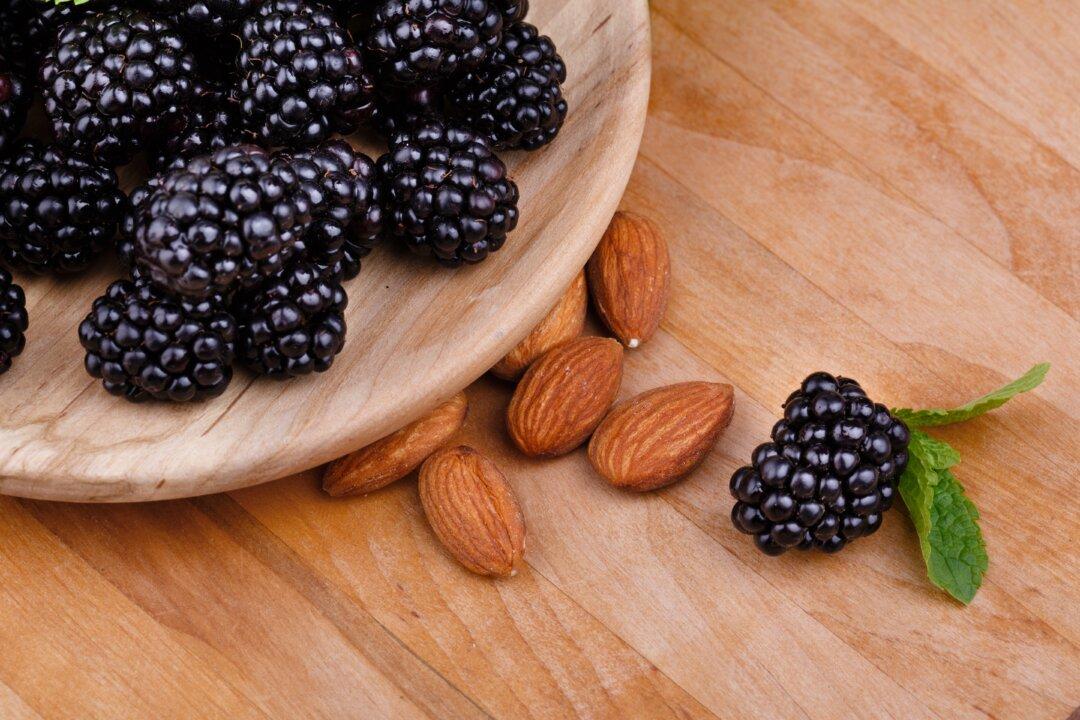OK, nobody wants to talk about this, but it’s important. The word for today is fiber. That’s right—roughage—nuts, berries, and whole grains, and why they’re good for you. Fiber is the indigestible part of the plant foods you eat, and it’s your digestive tract’s best friend.
I didn’t give fiber much thought until after my first colonoscopy more than 15 years ago. As the doctor was giving me the low down on how healthy my gut was, he said that I should try to eat 25 grams of fiber a day. What? I remember thinking if I did that I’d be eating nothing but fiber. In hindsight, I realize that 25 grams is a goal, just like eating five fruits and vegetables a day—some days you do and other days ... you almost do. And really, if you eat right, 25 grams of fiber is totally doable.





